Key Features of a High-Quality Armchair Mould
In the furniture manufacturing industry, creating durable and attractive seating products requires dependable moulds. One essential tool in this process is the Armchair Mould. This mould shapes the frame and body of armchairs, playing a major role in determining the final product’s appearance, comfort, and strength. To ensure reliable performance and smooth production, manufacturers carefully consider several important features when designing and selecting an Armchair Mould.
The material used to produce an Armchair Mould is one of the primary factors affecting its longevity and effectiveness. Many manufacturers prefer to use high-grade steel or hardened alloy because these materials can withstand repeated high-pressure operations without losing shape or developing cracks. The toughness of the mould material directly influences the consistency and quality of the finished armchair.
Another key feature of a dependable Armchair Mould is its precise cavity design. The cavity must match the exact dimensions and shape of the desired armchair, allowing for even material distribution during the moulding process. A poorly designed cavity may cause uneven surfaces, weak spots, or structural defects in the final product. Skilled engineers create detailed 3D models and technical drawings to ensure the cavity layout supports both the functional and visual expectations of the finished chair.
Surface finish is also an important consideration in Mould design. A smooth and polished mould surface helps prevent material sticking during production and results in a clean, uniform surface on the finished chair. Surface treatments, such as chrome plating or specialised coatings, can be applied to reduce friction, simplify demoulding, and increase the mould’s resistance to corrosion and wear.
Temperature control is another essential feature found in a quality Armchair Mould. Because the production process involves injecting or pressing molten material into the mould cavity, controlling the mould’s internal temperature ensures that the material flows smoothly and cures evenly. Integrated temperature regulation systems, including cooling channels or heating elements, help manage heat distribution and prevent defects caused by uneven cooling or overheating.
Mould durability is closely related to its structural design. A sturdy Armchair Mould includes reinforcements and support ribs to maintain stability during high-pressure operations. Without these structural features, the mould might deform or wear out prematurely, resulting in production delays and increased maintenance costs. A balanced design distributes stress evenly, improving the mould’s overall working life.
Interchangeable components are a practical feature often found in a modern Armchair Mould. These components allow manufacturers to replace worn parts, adjust design details, or produce different armchair models using the same base mould. By incorporating interchangeable inserts and parts, manufacturers can save time and reduce expenses when updating or maintaining production tools.
Ease of maintenance is another quality expected from a reliable Mould. Since moulds are exposed to heat, pressure, and repeated use, regular cleaning and inspection are essential to prevent surface damage and maintain product quality. Moulds designed for easy disassembly simplify maintenance tasks and reduce downtime in the production line.
Cycle time efficiency is an important factor for manufacturers aiming to increase output without compromising product standards. A well-designed Mould supports faster production cycles by enabling quick material injection, efficient cooling, and easy demoulding. Optimising these factors helps furniture producers meet order deadlines and control manufacturing costs.
Compatibility with different materials adds versatility to an Armchair Mould. Depending on customer preferences, armchairs can be produced using plastic, wood composite, or other mouldable materials. A mould that accommodates various materials without significant modifications increases its value and usefulness in a factory setting.
Detailed venting systems are another feature commonly included in high-quality Armchair Mould designs. These vents allow air to escape as material fills the cavity, preventing air pockets and surface defects. Proper venting contributes to achieving a smooth surface finish and consistent structural strength throughout the finished armchair.
A dependable Armchair Mould also takes safety into account. Moulds designed with protective mechanisms, secure locking systems, and balanced weight distribution help ensure safe operation for factory workers. Reducing the risk of accidents during mould handling and operation is an important part of modern mould design.




 Search...
Search... English
English
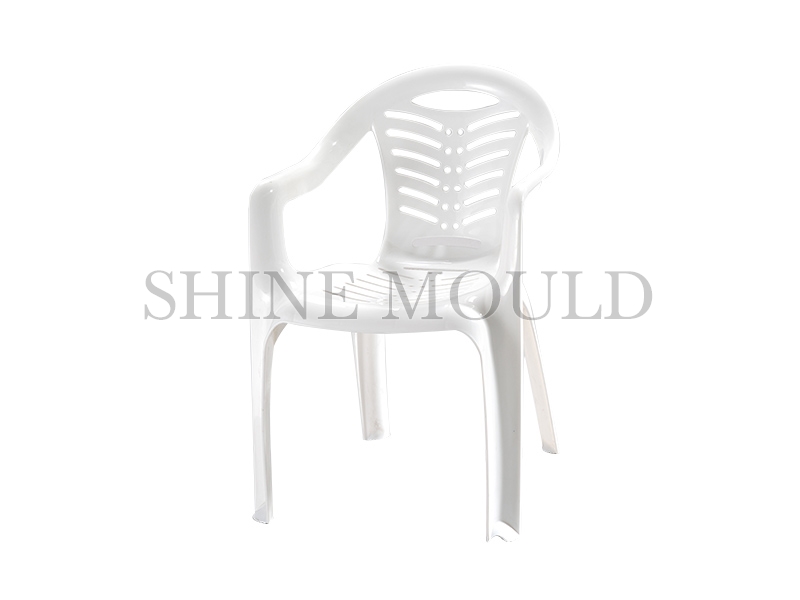
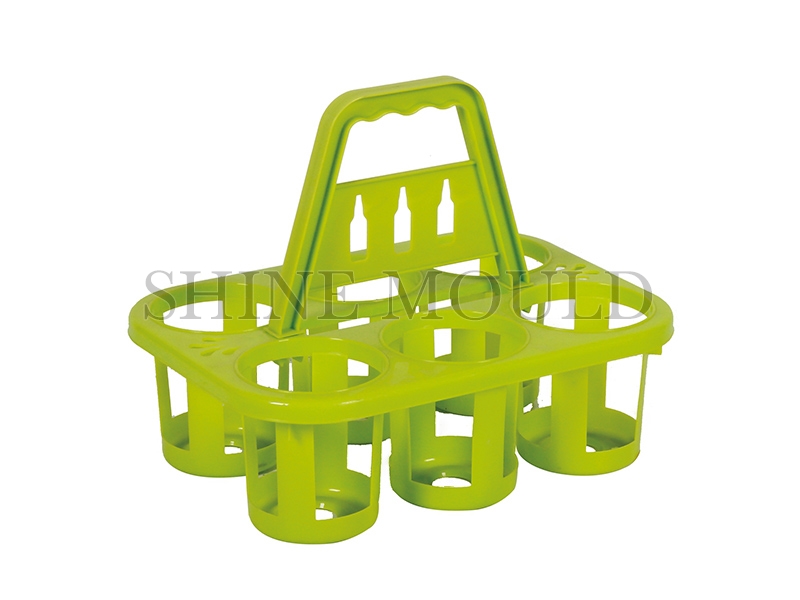
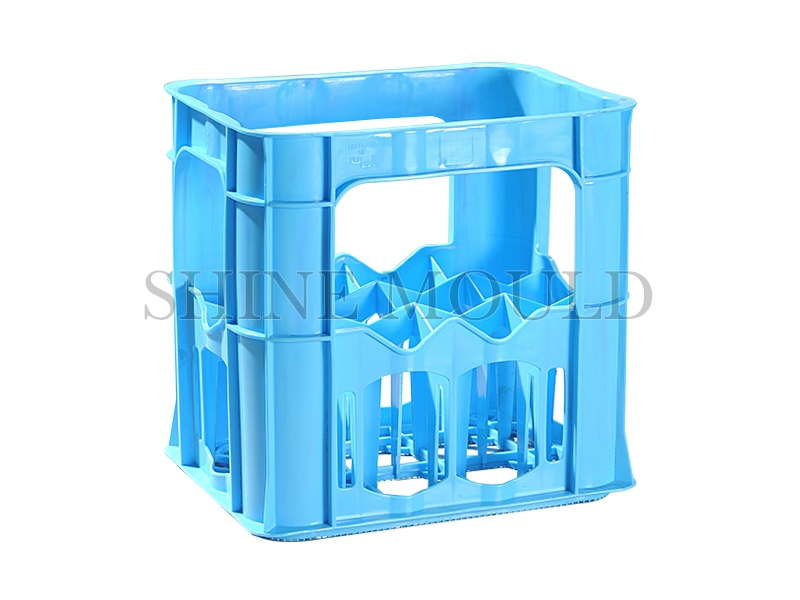
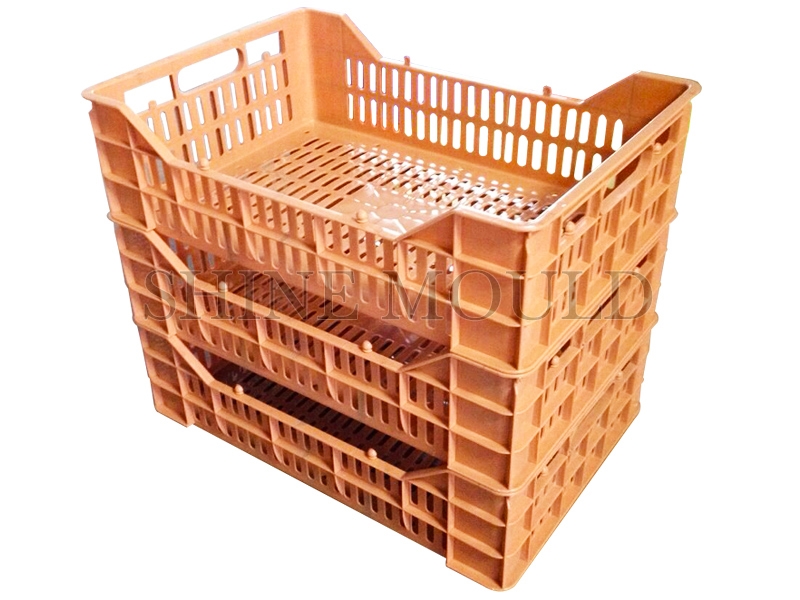
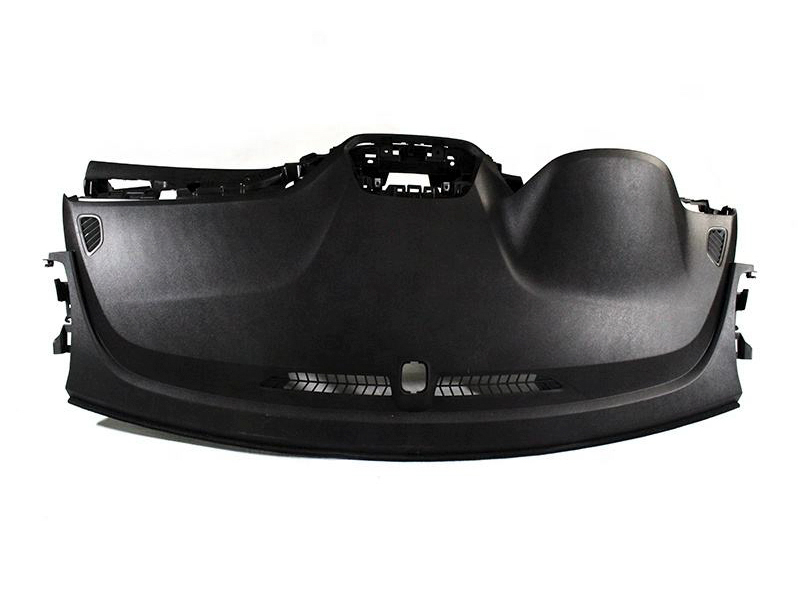
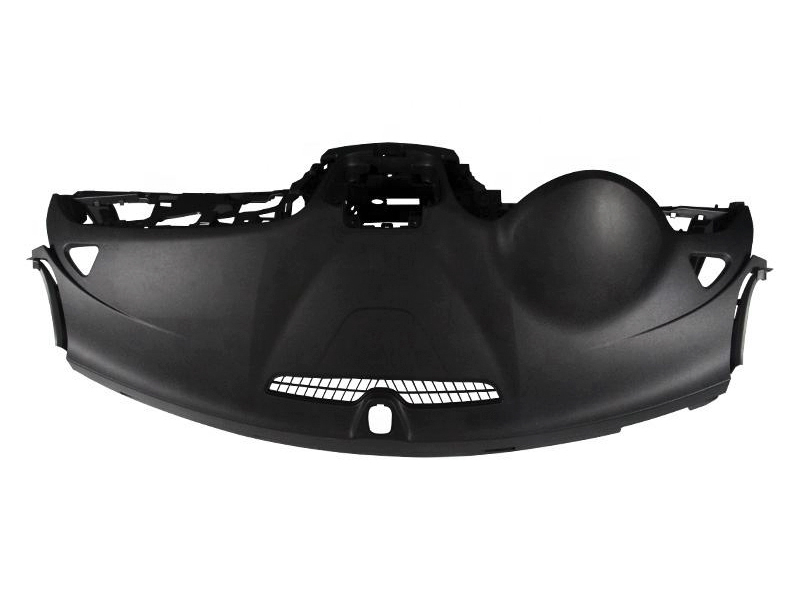
.jpg)
